In a move that has sent ripples through the sailing community, Imray, a trusted name in nautical charting for over two centuries, has announced the gradual phase-out of their paper chart publishing operations.
This decision, while undoubtedly significant, reflects the evolving landscape of nautical navigation, where digital tools are increasingly prevalent.
Imray emphasised that this was not a decision taken lightly. In their official statement, they explained that this move "reflects the growing shift toward digital nautical navigation."

What does this mean for Imray and its customers?
- Continued Service: Imray will continue to serve sailors through their renowned pilot books, cruising guides, and the popular "Explore with Imray" digital product.
- Phased Approach: Chart production and support, including crucial Notices to Mariners, will continue through the 2025 sailing season. After that, no new editions will be published.

- Opportunity to Stock Up: Sailors have a valuable window to acquire Imray's high-quality paper charts while stocks are available. This is particularly relevant considering the upcoming price increases for Admiralty charts scheduled for January 2025.
- Legacy Preservation: Imray is actively seeking a buyer for its chart business and/or rights to the Imray name, hoping to ensure the continuation of its rich tradition within the maritime community.
Admiralty Charts: The Future is Uncertain

Browse Admiralty Small Craft Charts
While Admiralty Charts remain a steadfast presence in the nautical world, it's worth noting that they, too, have indicated plans to eventually phase out paper chart production. However, their timeline extends a bit further into the future, giving us a temporary reprieve until around 2030 - it's possible the shift to print on demand could extend this further. This could well be reviewed as one of the factors in their decision was the availability of charts from publishers like Imray.
But let's talk about coverage - their Small Craft range is very UK focused, which they do really well, but the coverage is not a patch on what Imray offers.
Why is this happening now?
The rise of digital navigation tools has undeniably transformed how sailors navigate. Electronic charts offer convenience, real-time updates, and integration with other onboard systems. However, the news of Imray's departure from paper chart production raises important questions about the role of traditional navigation methods in a digital age.
Why paper charts still matter:
- Backup: Electronic systems can fail, and paper charts provide a reliable backup in critical situations.
- Situational Awareness: Paper charts offer a broader perspective, enhancing situational awareness.
- Planning & Plotting: Many sailors find paper charts invaluable for passage planning and plotting courses.
- Traditional Navigation Skills: Paper charts are essential for learning and maintaining traditional navigation skills, which remain crucial for safe and competent seamanship.
Looking Ahead
Imray's announcement marks the end of an era, but it also highlights the importance of adapting to the evolving needs of the sailing community. While digital tools offer undeniable advantages, paper charts continue to play a vital role in navigation.
It's a time for sailors to reflect on their navigation practices, explore the benefits of both paper and digital tools, and ensure they have the resources and skills needed for safe and enjoyable voyages.
A Call to Action: Stand Up for Paper Charts!
In this age of digital navigation, let's not forget the value of traditional skills and the importance of paper charts. They are more than just navigational tools; they are a connection to our maritime heritage and a testament to the enduring spirit of seafaring.
Let's make our voices heard! Share your thoughts on the importance of paper charts, your experiences with traditional navigation, and your commitment to keeping these skills alive. Together, we can ensure that paper charts continue to have a place in the future of navigation.



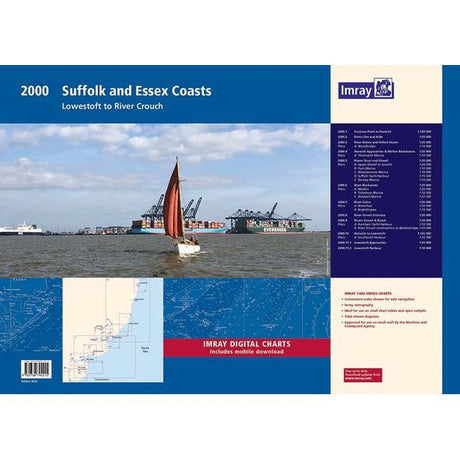







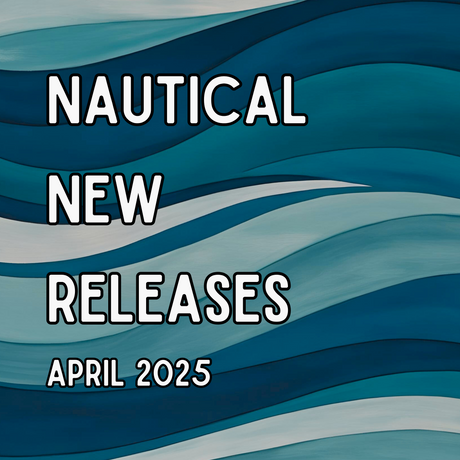



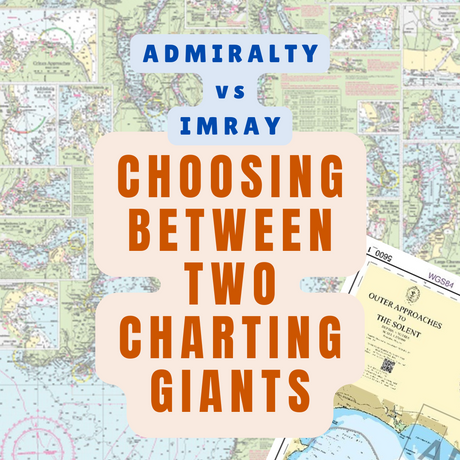
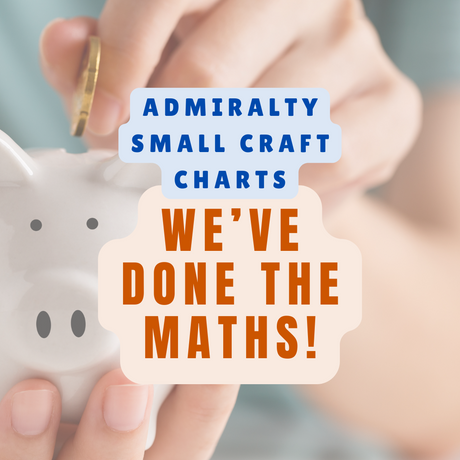
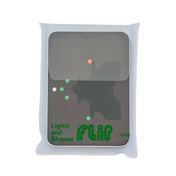

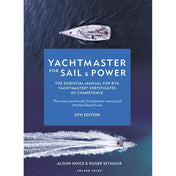
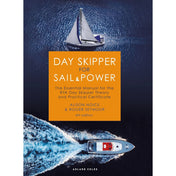
2 comments
My iPad with navionics and my chart plotter are merely aids to navigation. My bigger better over will always come from paper charts. Paper doesn’t run out of batteries, lose gps position or stop working for some technical reason. You can also see the source data more easily on paper charts from the source data diagram. Electronic charts make people believe every where has been subject to modern high res survey. It has not !
A foolish move by chart producers. I use electronic aids but plot my position on the chart hourly. It gives a much better overall view.